Results
-
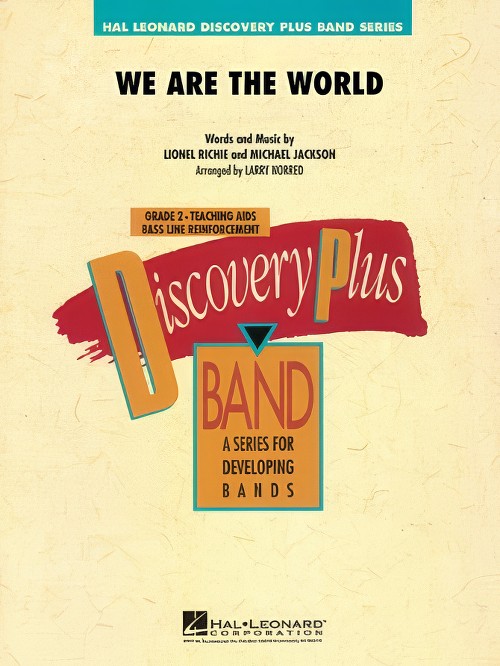 £53.50
£53.50We Are the World (Concert Band - Score and Parts) - Jackson & Richie - Norred, Larry
Revived for the earthquake relief efforts in Haiti, We Are the World is still a powerful and moving anthem of hope and unity. Here is an arrangement for young bands that will go together quickly and sound great.
Estimated dispatch 7-14 working days
-
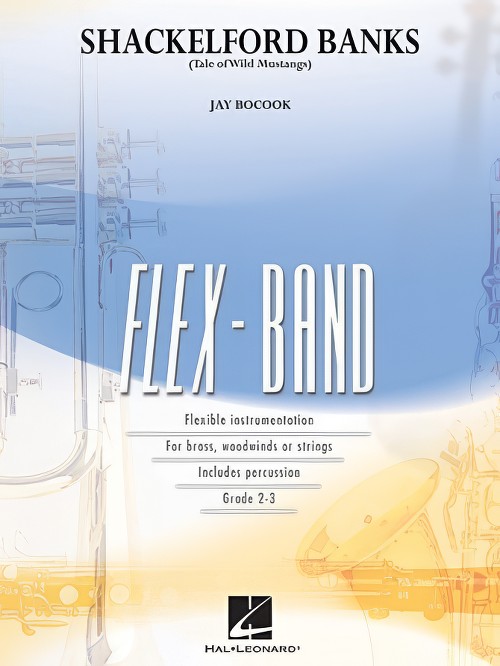 £57.50
£57.50Shackelford Banks (Tale of Wild Mustangs) (Flexible Ensemble - Score and Parts) - Bocook, Jay
Named for the uninhabited island off the North Carolina coast where wild horses still roam, this energetic original features a distinctive western flavor. This version is written with flexible instrumentation and includes a variety of textures and contrasting themes.
Estimated dispatch 7-14 working days
-
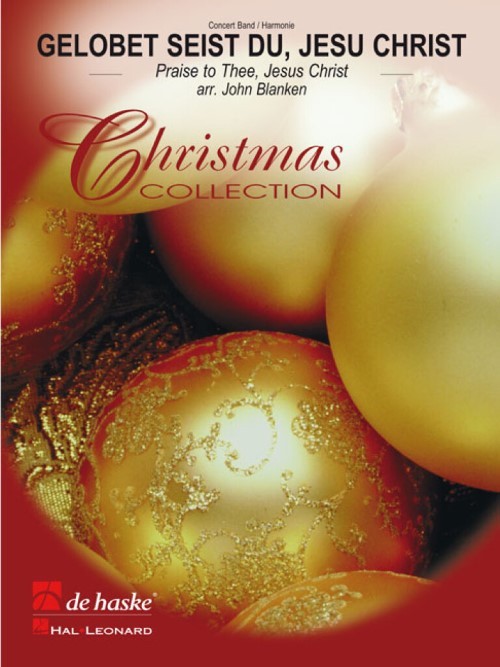 £89.99
£89.99Gelobet seist du, Jesu Christ (Concert Band - Score and Parts) - Blanken, John
Gelobet seist du Jesu Christ (We Praise You Jesus Christ) is an old Christmas hymn dating from the 16th century, which can still be found in many hymnbooks today. John Blanken has created a varied and imaginative arrangement on four verses of the hymn. After the introduction, derived from the opening notes, the hymn is first accompanied by an agile harmonisation. Next, we hear the chorale in a four-part setting with a percussion accompaniment. Then follows a short prologue to the third verse and finally its time for fireworks as the arrangement takes a stylistic leap in time with the festive prelude to the fourth and last verse.Duration: 4:00
Estimated dispatch 7-14 working days
-
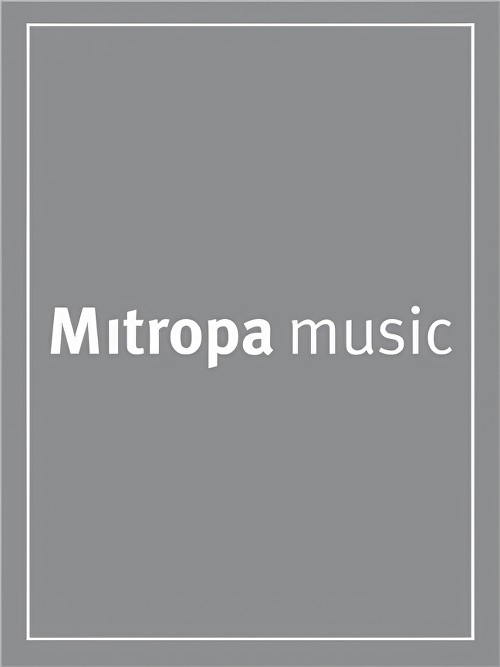 £84.99
£84.99Schonstes Kindlein (Concert Band - Score and Parts) - Friedmann, Michael
Schonstes Kindlein, bestes Kindlein, allerliebstes Jesulein' is the opening line of a song that was documented in Regensburg in 1861 for the first time, which is still extremely popular around the Salzburg region. With this arrangement Michael Friedmann creates an exciting arrangement your audience is sure to love.Duration: 3:00
Estimated dispatch 7-14 working days
-
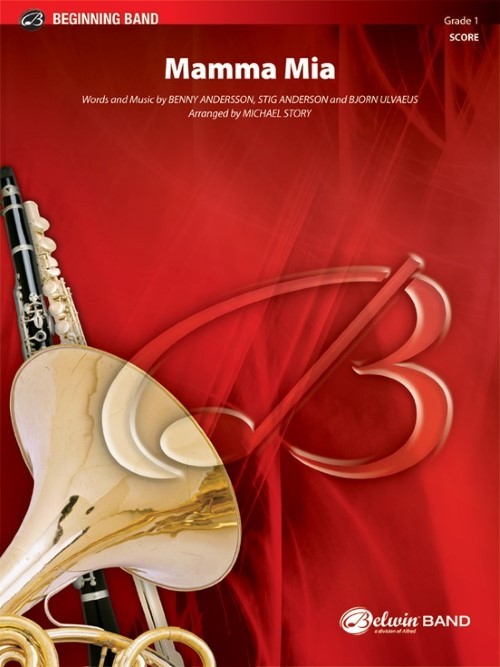 £54.95
£54.95Mamma Mia (Concert Band - Score and Parts) - Story, Michael
ABBA for your beginners? You bet. Here's likely their most popular hit from the blockbuster movie of the same name brilliantly scored at the beginning level by Michael Story. All the excitement retained and still arranged to make it attainable by your beginners.Duration: 2.00
Estimated dispatch 7-14 working days
-
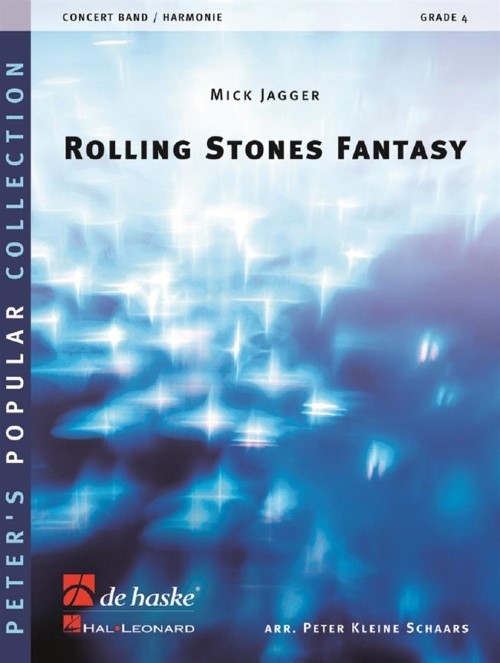 £104.99
£104.99Rolling Stones Fantasy (Concert Band - Score and Parts) - Jagger & Richards - Schaars, Peter Kleine
Millions of fans will be delighted to hear that, after 40 years of collaboration and countless international tours, The Rolling Stones still have no intention of ending their career. The band's songs have united fans everywhere, be they new fans, old fans, young or old. Their most popular songs are the ones they wrote during the 60's and early 70's and it is from this unforgettable era that Peter Kleine Schaars has picked their greatest hits to form this mind-blowing medley.Duration: 5:15
Estimated dispatch 7-14 working days
-
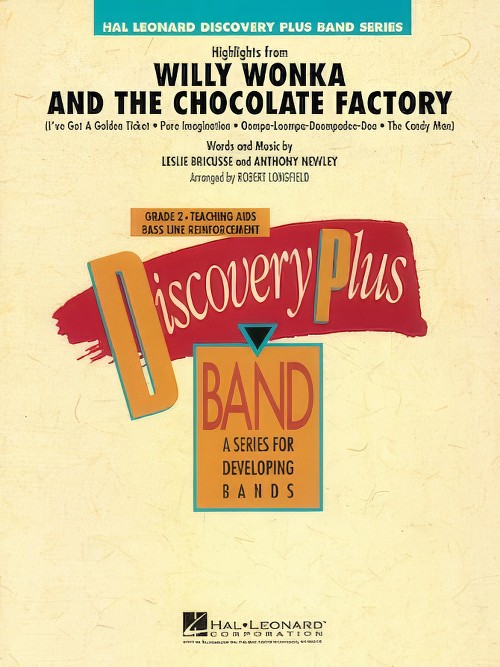 £60.99
£60.99Willy Wonka and the Chocolate Factory, Highlights from (Concert Band - Score and Parts) - Bricusse & Newley - Longfield, Robert
The magic of Roald Dahl's childrens story came to life in this 1971 movie featuring Gene Wilder along with marvellous songs provided by Bricusse and Newley. This timeless classic is still popular today - the music speaks to the "kid" in all of us. Includes: The Candy Man, I've Got a Golden Ticket, Oompa Loompa and Pure Imagination.
Estimated dispatch 7-14 working days
-
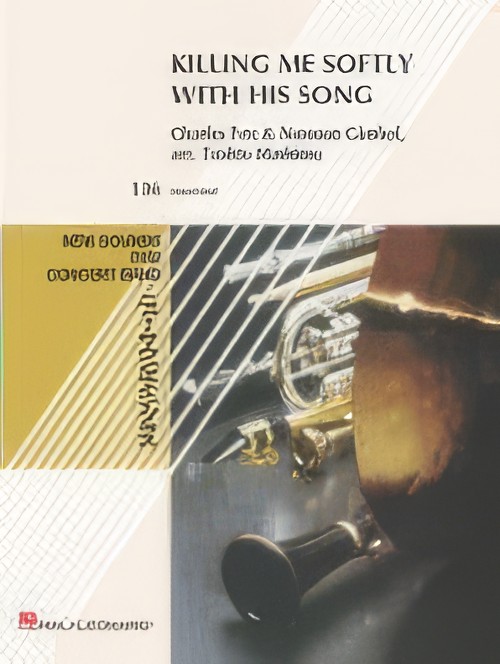 £104.99
£104.99Killing Me Softly with His Song (Concert Band - Score and Parts) - Fox & Gimbel - Mashima, Toshio
The tender ballad Killing Me Softly with His Song was written by Charles Fox and Norman Gimbel in 1971, for the American singer Lori Lieberman. She was very impressed with a performance by the then still unknown Don McLean in the Troubadour in Los Angeles. The feelings described in the lyrics are indeed those of Lieberman, but the one who, two years later, made the song world-famous was Roberta Flack. Her version won as many as three Grammy Awards. Since then, Killing Me Softly has been performed by numerous artists, including Herb Alpert, Frank Sinatra, Aretha Franklin, Anne Murray, Luther Vandross, and the Fugees.Duration: 4:00
Estimated dispatch 7-14 working days
-
 £179.99
£179.99Academic Festival Overture (Concert Band - Score and Parts) - Brahms, Johannes - Takahashi, Tohru
The German composer Johannes Brahms (1833-1897) wrote his Academic Festival Overture in the summer of 1880, together with the Tragic Overture. The occasion was the honorary degree which Brahms had received a year before from the University of Breslau. Initially, Brahms had sent a thank-you note, but he was expected to express his gratitude with a composition. The premiere took place on 4 January, 1881 - conducted by the composer himself - in Breslau. For this sparkling work, Brahms used various German student songs as a basis in an inventive way - and a little jestingly. Owing to the accessible development, lyrical warmth, humour, and persuasiveness, the Academic Festival Overture is still a popular concert work. This transcription for concert band, which has been written by Tohru Takahashi, does justice to the original composition.Duration: 9:45
Estimated dispatch 7-14 working days
-
 £169.99
£169.99Tales and Legends from Savoy (Concert Band - Score and Parts) - Aulio, Maxime
Maxime Aulio was so enthralled by Monique de Huetras' book Contes et l?gendes de Savoie, which contains tales and legends from the depths of the earth to the tops of the mountains, that he had to translate it into music. Music presents the perfect medium to add colour to the stories and life to the characters. Like voices from the past The Bilberry Fairy and the Chamois, The Magic Stick and The Lady from Val de Fier all appear for a while, and time stands still as you are told The Legend of Duvallon.
Estimated dispatch 7-14 working days
